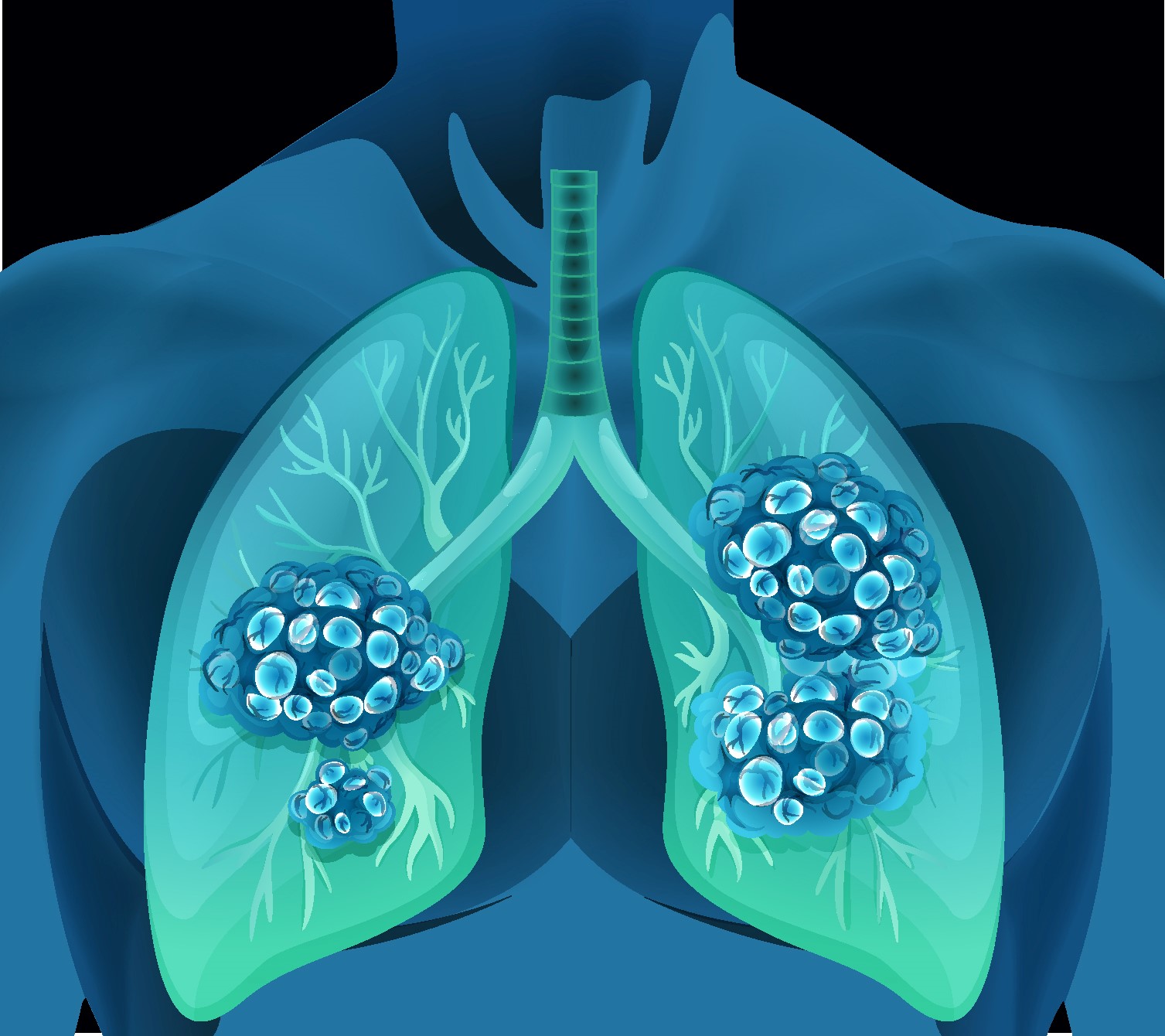The use of pulmonary MRI in a clinical setting has historically been limited. Whilst CT remains the gold-standard for lung imaging in many clinical indications, technical developments in ultrashort and zero echo time MRI techniques are beginning to help realise non-ionising imaging in certain lung disorders. In this invited review, we discuss a complementary technique – hyperpolarised (HP) gas MRI with inhaled He and Xe – a method for and imaging of the lung that has great potential as a clinical tool for early detection and improved understanding of pathophysiology in many lung diseases. HP gas MRI now has the potential to make an impact on clinical management by enabling safe, sensitive monitoring of disease progression and response to therapy. With reference to the significant evidence base gathered over the last two decades, we review HP gas MRI studies in patients with a range of pulmonary disorders, including COPD/emphysema, asthma, cystic fibrosis, and interstitial lung disease. We provide several examples of our experience in Sheffield of using these techniques in a diagnostic clinical setting in challenging adult and paediatric lung diseases.
Lung MRI with hyperpolarised gases: current & future clinical perspectives.


